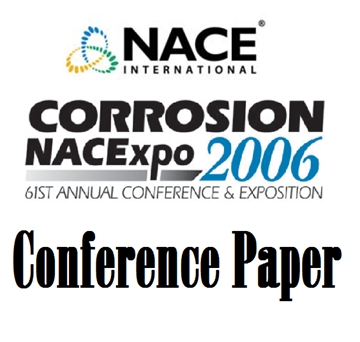Search
08500 The Influence of Weld Heat-Affected Zone on Stress Corrosion Cracking of Pipeline Steel in Near-Neutral pH Environment
Also Purchased
10300 Effect of CO2 on Near-Neutral Ph Stress Corrosion Cracking Initiation of Pipeline Steel
Product Number:
51300-10300-SG
ISBN:
10300 2010 CP
Publication Date:
2010
$20.00
06497 EFFECT OF WELDING RELATED MICROSTRUCTURE ON STRESS CORROSION CRACKING SUSCEPTIBILITY IN CAUSTIC SOLUTIONS
Product Number:
51300-06497-SG
ISBN:
06497 2006 CP
$20.00
11105 Sulfide Stress Cracking Susceptibility of Local Hard Areas in Carbon Steel Weld Heat Affected
Product Number:
51300-11105-SG
ISBN:
11105 2011 CP
Publication Date:
2011
$20.00




